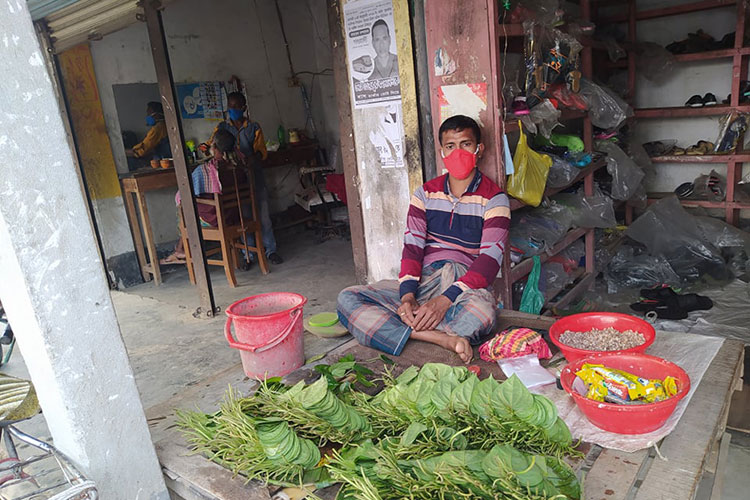Largest study of its kind finds face masks reduce COVID-19

Wearing face masks, particularly surgical masks, is truly effective in reducing the spread of COVID-19 in community settings, finds a new study led by researchers from Yale University, Stanford Medical School, the University of California, Berkeley, and the nonprofit Innovations for Poverty Action (IPA).
The study, which was carried out among more than 340,000 adults living in 600 rural communities in Bangladesh, is the first randomized trial to examine the effectiveness of face masks at reducing COVID-19 in a real-world setting, where mask use may be imperfect and inconsistent.
The results show that increased mask-wearing –– the result of a community-level mask distribution and in-person promotion campaign –– led to a significant reduction in the percentage of people with COVID-19, based on symptom reporting and SARS-CoV-2 antibody testing. The team tested both cloth and surgical masks and found especially strong evidence that surgical masks are effective in preventing COVID-19. In the study, surgical masks prevented one in three symptomatic infections among community members 60 years and older.
The findings come at a crucial time in the U.S., when many in-person events have resumed and children –– including those who are under 12 and do not yet qualify for vaccination –– are returning to in-person school.
“These results suggest that we could prevent unnecessary death and disease if we get people to wear high-performance masks, such as surgical masks, in schools, workplaces, shopping centers, places of worship and other indoor spaces,” said study co-author Laura Kwong, an assistant professor of environmental health sciences at Berkeley’s School of Public Health. “I would strongly recommend that people who spend time in indoor public spaces, including students, wear surgical masks or other high-performance masks such as N95s, KN95s or KF94s. Fit and comfort are especially important for children, so child-sized KF94s may be most appropriate for them.”
While prior research has compared the rates of COVID-19 among people who wear masks and those who do not wear masks, the results of these comparisons may be skewed by the fact that people who choose to wear masks may adopt other behaviors that also reduce their risk. This study was designed to overcome this limitation by randomly assigning half of the communities to receive the mask promotion campaign, while the other half did not receive the campaign.
“The randomized design provides confidence that the lower rates of COVID-19 in the intervention communities resulted from the mask promotion,” said Dr. Stephen Luby, co-author and a professor of medicine and infectious disease at Stanford. “These results illustrate the remarkable protection that low-cost masks provide.”
The mask promotion campaign employed a set of four core strategies, named the NORM model, which succeeded at tripling mask-wearing from 13% in the comparison group to 42% in the treatment group. NORM stands for no-cost mask distribution, offering information, reinforcement to wear masks and modeling by local leaders.
While some of these strategies may not be applicable to the U.S., Kwong says that mask-wearing by political leaders on both sides of the aisle could be the first step in tackling some of the politicization that has made mask-wearing so controversial in the U.S. Mask mandates could be another effective tool for encouraging more people in the U.S. to consistently wear masks.
“While a few individuals have refused to follow mask mandates, or violently opposed individuals who remind them that they are required to wear a mask, mask mandates have been able to substantially increase mask-wearing in many locations,” Kwong said.
Read the full press release at the Innovations for Poverty Action website
